Martin Wikelski
Resource efficient data transmission on animals based on machine learning
Mar 13, 2025
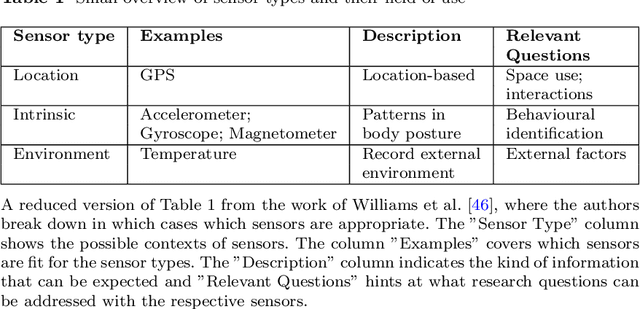
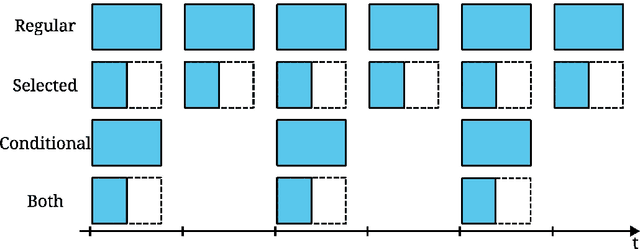
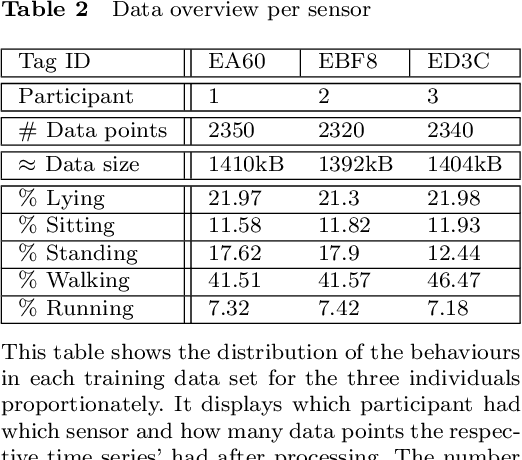
Abstract:Bio-loggers, electronic devices used to track animal behaviour through various sensors, have become essential in wildlife research. Despite continuous improvements in their capabilities, bio-loggers still face significant limitations in storage, processing, and data transmission due to the constraints of size and weight, which are necessary to avoid disturbing the animals. This study aims to explore how selective data transmission, guided by machine learning, can reduce the energy consumption of bio-loggers, thereby extending their operational lifespan without requiring hardware modifications.
Seeing biodiversity: perspectives in machine learning for wildlife conservation
Oct 25, 2021
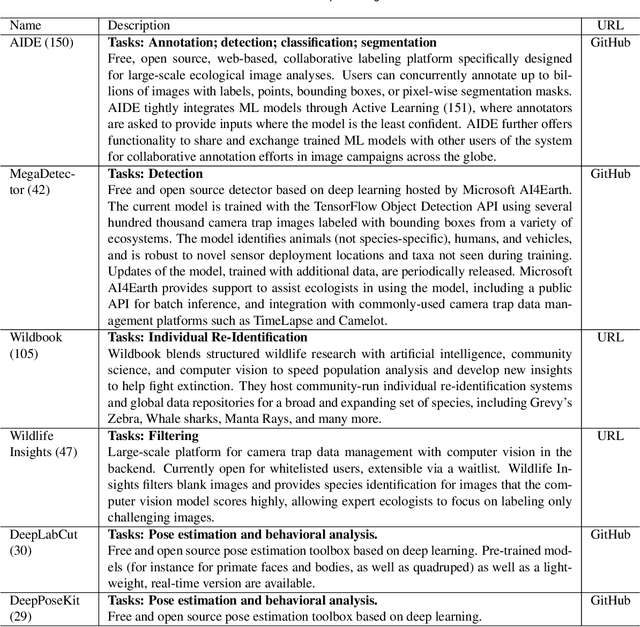

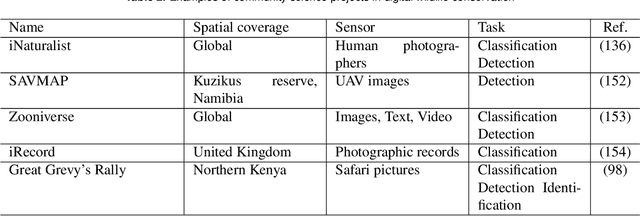
Abstract:Data acquisition in animal ecology is rapidly accelerating due to inexpensive and accessible sensors such as smartphones, drones, satellites, audio recorders and bio-logging devices. These new technologies and the data they generate hold great potential for large-scale environmental monitoring and understanding, but are limited by current data processing approaches which are inefficient in how they ingest, digest, and distill data into relevant information. We argue that machine learning, and especially deep learning approaches, can meet this analytic challenge to enhance our understanding, monitoring capacity, and conservation of wildlife species. Incorporating machine learning into ecological workflows could improve inputs for population and behavior models and eventually lead to integrated hybrid modeling tools, with ecological models acting as constraints for machine learning models and the latter providing data-supported insights. In essence, by combining new machine learning approaches with ecological domain knowledge, animal ecologists can capitalize on the abundance of data generated by modern sensor technologies in order to reliably estimate population abundances, study animal behavior and mitigate human/wildlife conflicts. To succeed, this approach will require close collaboration and cross-disciplinary education between the computer science and animal ecology communities in order to ensure the quality of machine learning approaches and train a new generation of data scientists in ecology and conservation.
MultiSegVA: Using Visual Analytics to Segment Biologging Time Series on Multiple Scales
Sep 02, 2020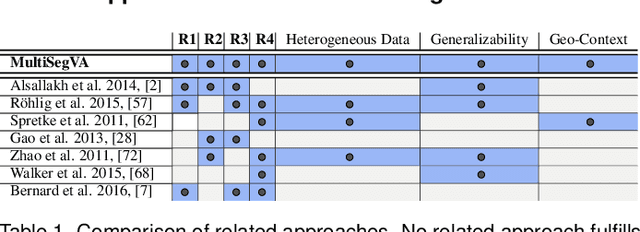

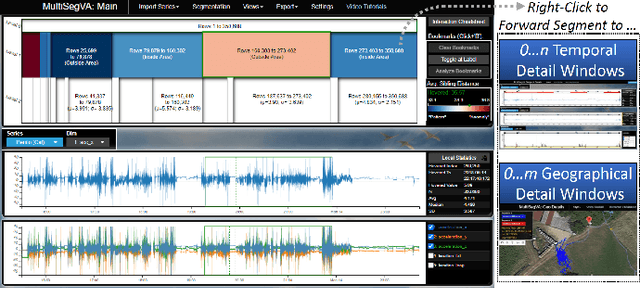

Abstract:Segmenting biologging time series of animals on multiple temporal scales is an essential step that requires complex techniques with careful parameterization and possibly cross-domain expertise. Yet, there is a lack of visual-interactive tools that strongly support such multi-scale segmentation. To close this gap, we present our MultiSegVA platform for interactively defining segmentation techniques and parameters on multiple temporal scales. MultiSegVA primarily contributes tailored, visual-interactive means and visual analytics paradigms for segmenting unlabeled time series on multiple scales. Further, to flexibly compose the multi-scale segmentation, the platform contributes a new visual query language that links a variety of segmentation techniques. To illustrate our approach, we present a domain-oriented set of segmentation techniques derived in collaboration with movement ecologists. We demonstrate the applicability and usefulness of MultiSegVA in two real-world use cases from movement ecology, related to behavior analysis after environment-aware segmentation, and after progressive clustering. Expert feedback from movement ecologists shows the effectiveness of tailored visual-interactive means and visual analytics paradigms at segmenting multi-scale data, enabling them to perform semantically meaningful analyses. A third use case demonstrates that MultiSegVA is generalizable to other domains.
Combining Spatial and Telemetric Features for Learning Animal Movement Models
Mar 15, 2012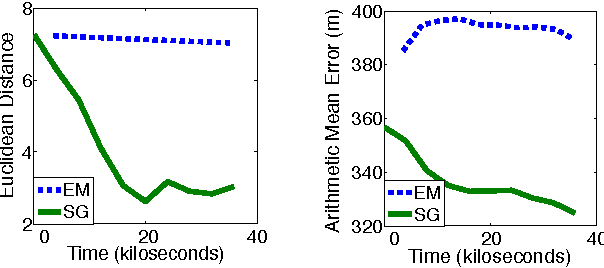
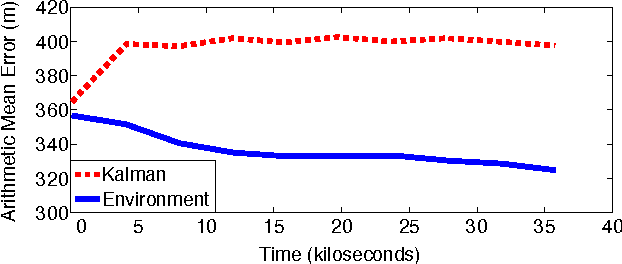
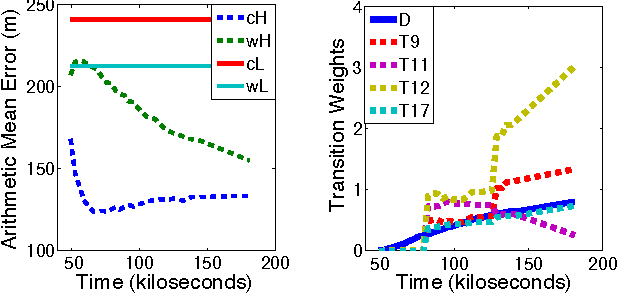
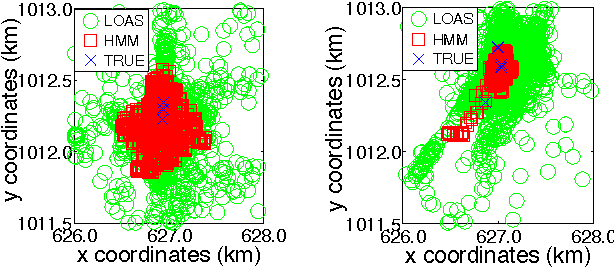
Abstract:We introduce a new graphical model for tracking radio-tagged animals and learning their movement patterns. The model provides a principled way to combine radio telemetry data with an arbitrary set of userdefined, spatial features. We describe an efficient stochastic gradient algorithm for fitting model parameters to data and demonstrate its effectiveness via asymptotic analysis and synthetic experiments. We also apply our model to real datasets, and show that it outperforms the most popular radio telemetry software package used in ecology. We conclude that integration of different data sources under a single statistical framework, coupled with appropriate parameter and state estimation procedures, produces both accurate location estimates and an interpretable statistical model of animal movement.
 Add to Chrome
Add to Chrome Add to Firefox
Add to Firefox Add to Edge
Add to Edge